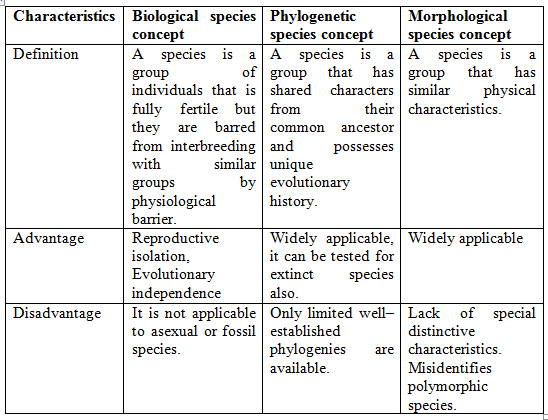

australis Poaceae) in eastern Canada: a possible consequence of global warming? Rhodora 110:225–230Ĭatling PM (2007) Additional notes on the identification of alien Phragmites in Canada. These indices could reduce the need for confirmation of the introduced subspecies using molecular tools, facilitating efforts to monitor and control this invasive plant.īrisson J, Paradis E, Bellavance M-E (2008) Evidence of sexual reproduction in the invasive common reed ( Phragmites australis subsp. Two- or three-trait combinations of ligule length, lemma length and stem anthocyanic coloration gave the best separation. No single morphological trait was diagnostic, but principal components analysis and identification indices based on combinations of traits consistently separated the native and introduced subspecies in our sample. Using plants of known haplotype, we assessed the utility of different morphological traits and trait combinations for distinguishing native and introduced subspecies in this geographic region. We identified four native haplotypes (one widespread in British Columbia and three others more localized) and two introduced haplotypes. The two subspecies co-occurred at only one locality. australis all remaining samples were the native ssp. Of 203 specimens assigned to subspecies using molecular markers, we identified only 9 plants as the introduced ssp. We determined the relative abundance of the subspecies and the distributions of plastid DNA haplotypes throughout British Columbia, Canada, at the northwestern distribution limit of common reed in North America. Phragmites australis (common reed) is a widespread perennial grass of wetland habitats, with cryptic native and introduced subspecies in North America.


 0 kommentar(er)
0 kommentar(er)
